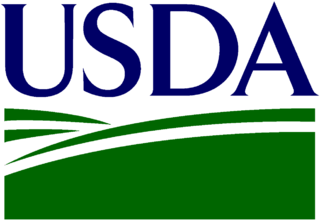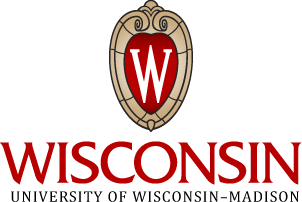|
|
|
|
|
|
Tool Overview
Assessing the value of a cow and making replacement decisions in dairy farming have important economic implications. The value of a cow is the difference between the future economic value of a cow and her potential replacement. A positive value means that the farm will have a greater profit by keeping the cow rather than replacing the cow. A negative value means that replacing the cow is economically more advantageous than keeping the cow. Future economic net benefits that are considered in this difference are: milk sales, feed costs, calf value, non-reproductive cull, mortality cost, reproductive cull, reproduction costs and the cost of the replacement transaction.
Normally, the value of a cow has a greater value early in the lactation and it decreases as time goes by. This value would continue a decreasing trend and likely become negative if the cow does not get pregnant within a reasonable time. An important factor in determining this value is the assessment of milk productivity in the current and in successive lactations: the greater the expectancy of productivity the more the value of the cow. Also important is the expectancy of productivity of the replacement animal: the greater the expectancy of productivity of the replacement (better genetic quality) the lower the value of the cow. Note that 100% of milk productivity means productivity at the average cow level and 0% genetic gain means that the replacement will produce as an average herd cow.
The present decision support system calculates the value of a cow by responding to factors such as lactation, months after calving, and months in pregnancy according to expected milk production of the evaluated cow and potential genetic gain of the replacement within defined herd bio-economic characteristics that can easily be edited in the tab with name "Single Cow Analysis". Furthermore, the tab with name "Herd Analysis" calculates the value of every single cow in a herd. In this last tab, the user can download a template spreadsheet to later upload the information of every single cow in a herd including: CowID, lactation, days in milk, days in pregnancy, and expected milk production for this lactation and for next lactations. These variables are used in conjunction with the expected genetic improvement of the replacement animal and the herd bio-economic variables. The result of the herd analysis is a sorted list (form lowest to largest) of the economic values of cows in the current herd.
Acknowledgements
-

USDA - National Institute of Food and Agriculture
This project is supported by Agriculture and Food Research Initiative Competitive Grant No. 2010-85122-20612 from the USDA National Institute of Food and Agriculture. -

University of Wisconsin-Madison
This project is supported by US Department of Agriculture Hatch project to V.E. Cabrera WIS01577. -
INPUTS - Edit Values in This Block
Evaluated Cow Variables
Replacement Cow Variable
Herd Production and Reproduction Variables
Herd Economic Variables
Evaluated Heifer Variables
OUTPUTS - Interactive Results
- Value of the Cow, $ 627
Compared Against a Replacement, $
- Milk Sales, $ 147
- Feed Cost, $ -157
- Calf Value, $ 26
- Non-reproductive Cull, $ -126
- Mortality Cost, $ -24
- Reproductive Cull, $ 12
- Reproduction Costs, $ 45
- Replacement Transaction, $ 704
Herd Structure at Steady State
- Days in milk 224
- Days to Conception 122
- Percent of Pregnant 52
- Reproductive Culling, % 8
- Mortality, % 3
- 1st Lactation, % 43
- 2nd Lactation, % 27
- >= 3rd Lactation, % 30
- Youngstock Population, % of adult cows 85.67
- Average Age at First Calving, days 707.47
- Number of Springers Required, % of adult cows 39.66
- Number of Springers Produced, % of adult cows 41.89
- Number of Female Calves Produced, % of adult cows 47.66
Economics of an Average Cow, $/year
- Net Return, $ 1969
- Milk Sales, $ 3806
- Feed Cost for Adult Cows, $ -1522
- Calf Sales, $ 60
- Non-Reprod. Culling Cost, $ -198
- Mortality Cost, $ -38
- Reproductive Culling Cost, $ -59
- Reproductive Cost, $ -80
- Total Rearing Cost from Born to Calving, $/heifer 1689
OUTPUTS - Interactive Results
Select an Excel file containing the farm data on the left and click the Analyze button at the bottom to analyze the data.
The evaluated data will be available for download as an Excel spreadsheet.
NOTE: Please limit the number of cows in the spreadsheet to 2,500 as the server cannot support larger number of calculations at the moment. If the herd contains a larger number of cows, please split the data into multiple spreadsheets so that the maximum number of cows in each spreadsheet is 2,500 and try performing the calculations by uploading each spreadsheet individually. The data gathered from the downloaded spreadsheets can then be merged using a spreadsheet program like Microsoft Excel or LibreOffice Calc.